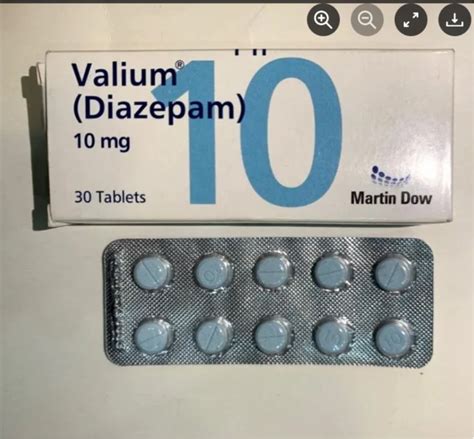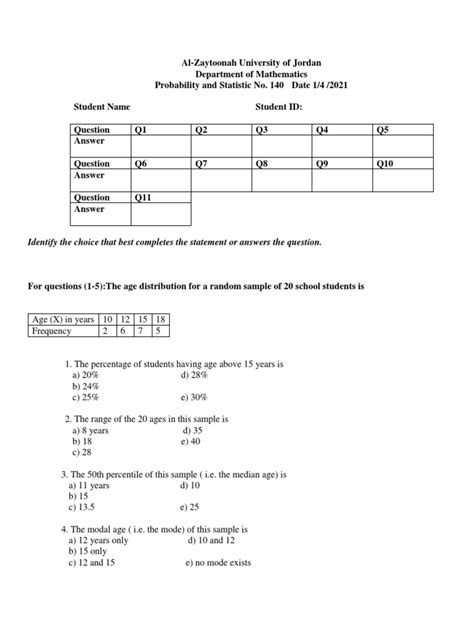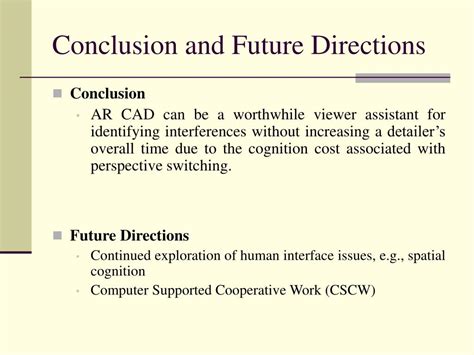Intro
Learn about Diazepam 10mg tablets, their uses, side effects, and dosage instructions. Understand anxiety treatment, muscle relaxant properties, and benzodiazepine effects.
Diazepam, commonly known by its brand name Valium, is a medication that belongs to the benzodiazepine class of drugs. It is widely used for its therapeutic effects, which include relieving anxiety, insomnia, and seizures, among other conditions. The 10mg tablet formulation of diazepam is one of the most prescribed doses, offering a balance between efficacy and safety for many patients. Understanding the properties, uses, and precautions of diazepam 10mg tablets is essential for both healthcare providers and patients to ensure safe and effective treatment.
The importance of diazepam 10mg tablets lies in their versatility and potency. They are prescribed for a variety of medical conditions, including anxiety disorders, alcohol withdrawal symptoms, muscle spasms, and as a premedication for inducing sedation before surgeries or medical procedures. The active ingredient, diazepam, works by enhancing the effects of gamma-aminobutyric acid (GABA) in the brain, which is a neurotransmitter that inhibits brain activity, leading to a calming effect on the nervous system.
Diazepam's mechanism of action, while beneficial for treating numerous conditions, also underscores the need for careful consideration and monitoring. Like all benzodiazepines, diazepam carries the risk of dependence and withdrawal, which can limit its long-term use. Furthermore, its sedative effects can impair cognitive and motor functions, affecting daily activities such as driving or operating machinery. Therefore, it is crucial for patients to follow their doctor's instructions precisely and attend follow-up appointments to adjust their treatment plan as necessary.
Introduction to Diazepam 10mg Tablets

Pharmacological Properties
The pharmacological properties of diazepam are characterized by its rapid onset of action, high lipid solubility, and extensive distribution throughout the body. After oral administration, diazepam is absorbed quickly, reaching peak plasma concentrations within one to two hours. Its high lipid solubility allows it to cross the blood-brain barrier efficiently, contributing to its rapid onset of therapeutic effects. Diazepam is metabolized in the liver to several active metabolites, including nordiazepam, temazepam, and oxazepam, which contribute to its prolonged duration of action.Uses of Diazepam 10mg Tablets

Benefits and Working Mechanism
The benefits of diazepam 10mg tablets include their ability to provide rapid relief from anxiety and insomnia, reduce the severity of alcohol withdrawal symptoms, alleviate muscle spasms, and control seizures. The working mechanism involves the enhancement of GABA activity, which leads to a calming effect on the nervous system. This action results in sedative, hypnotic, anxiolytic, anticonvulsant, and muscle relaxant properties.Precautions and Side Effects

Steps for Safe Use
For safe use of diazepam 10mg tablets: 1. Follow the prescribed dosage and frequency. 2. Inform your doctor about all medications you are taking. 3. Avoid operating machinery or driving until you know how diazepam affects you. 4. Do not stop taking diazepam abruptly without consulting your doctor. 5. Attend follow-up appointments to monitor your condition and adjust your treatment plan.Practical Examples and Statistical Data

Comparison with Other Treatments
Compared to other benzodiazepines, diazepam has a longer half-life, which can be beneficial for maintaining therapeutic effects over a longer period. However, this also means a higher risk of accumulation and dependence. Non-benzodiazepine treatments, such as selective serotonin reuptake inhibitors (SSRIs) for anxiety, may offer alternatives with lower risks of dependence but often have a slower onset of action.Conclusion and Future Directions

Final Thoughts
As with any medication, the decision to use diazepam 10mg tablets should be made under the guidance of a healthcare provider. By understanding the benefits, risks, and proper use of diazepam, patients can make informed decisions about their treatment. The future of anxiety and insomnia management may involve a combination of pharmacological and non-pharmacological approaches, tailored to the individual needs of each patient.What is the primary use of diazepam 10mg tablets?
+Diazepam 10mg tablets are primarily used to treat anxiety disorders, insomnia, alcohol withdrawal symptoms, muscle spasms, and as a premedication for inducing sedation before surgeries or medical procedures.
How does diazepam work?
+Diazepam works by enhancing the effects of gamma-aminobutyric acid (GABA) in the brain, leading to a calming effect on the nervous system.
What are the potential side effects of diazepam 10mg tablets?
+Potential side effects include dependence and withdrawal, cognitive and motor impairment, interactions with other medications, and risks during pregnancy and breastfeeding.
We hope this comprehensive guide to diazepam 10mg tablets has provided you with valuable insights into their uses, benefits, and precautions. If you have any further questions or would like to share your experiences with diazepam, please comment below. Your feedback is invaluable in helping us create more informative content. Additionally, if you found this article helpful, consider sharing it with others who might benefit from this information. Together, let's promote informed healthcare decisions and support each other in our journeys towards better health.
